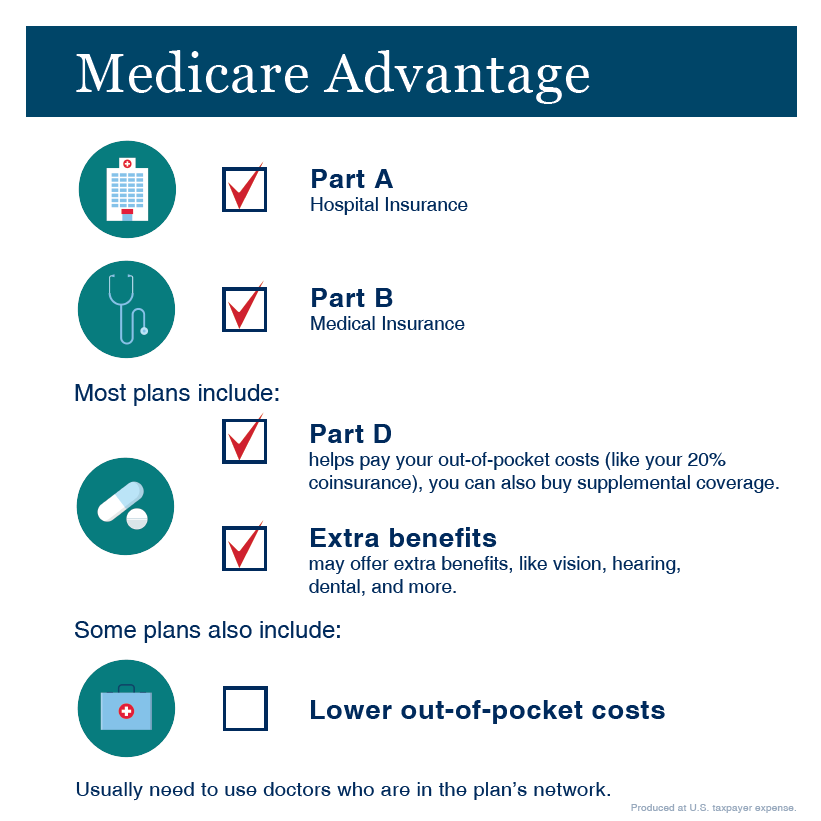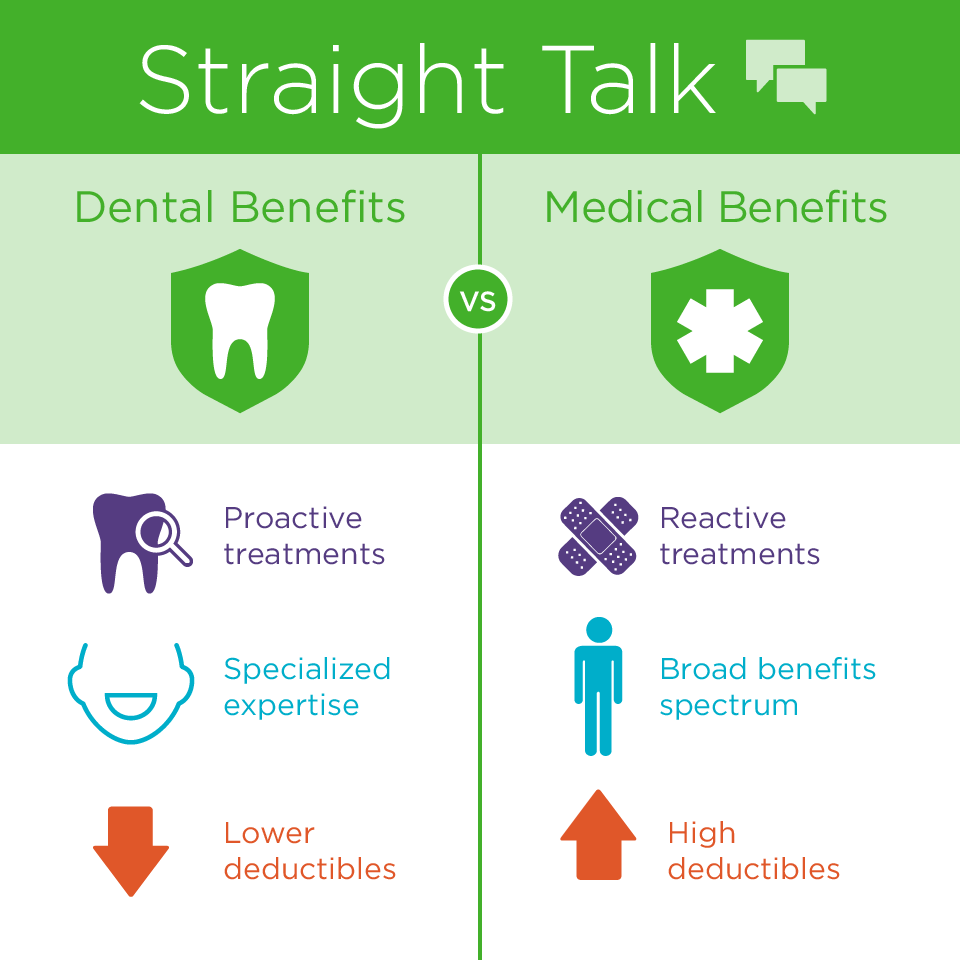Facts About Medicare Advantage Agent Revealed
Facts About Medicare Advantage Agent Revealed
Blog Article
Some Known Factual Statements About Medicare Advantage Agent
Table of ContentsMedicare Advantage Agent Can Be Fun For AnyoneOur Medicare Advantage Agent IdeasThe Definitive Guide for Medicare Advantage Agent

adheres to from puzzling the reasonably young age profile of the uninsured with the better wellness, generally, of younger individuals. This covers the link between health and wellness condition and medical insurance. For those without accessibility to workplace medical insurance, bad wellness is a possible obstacle to buying nongroup protection due to the fact that such insurance coverage might be very valued, exclude preexisting problems, or be simply inaccessible. The variety of uninsured Americans is not especially large and has actually not transformed in current years. Seven out of 10 participants in an across the country depictive survey thought that less Americans did not have medical insurance than actually do(Fronstin, 1998). Roughly half(47 percent )believed that the number of individuals without medical insurance decreased or remained consistent over the latter half of the last decade(Blendon et al., 1999). This decline of almost 2 million in the variety of individuals 'without insurance coverage (a decrease
of about 4 percent)is certainly a positive adjustment. With a softer economy in 2000 the most up to date reported gains in insurance policy coverage may not continue(Fronstin, 2001 ). The decline in the number of without insurance will certainly not continue if the economic climate continues to be slow and healthcare expenses remain to outmatch rising cost of living. This is since the information were accumulated for a period of solid economic efficiency. Of the approximated 42 million people that were without insurance, just about about 420,000(concerning 1 percent)were under 65 years of age, the age at which most Americans come to be eligible for Medicare; 32 million were adults between ages 18 and 65, around 19 percent of all adults in this age team; and 10 million were children under 18 years old, about 13.9 percent of all children (Mills, 2000). These estimates of the variety of individuals without insurance are produced from the annual March Supplement to the Current Population Study (CPS), performed by the Demographics Bureau. Unless or else noted, national estimates of individuals without wellness insurance policy and percentages of the population with different sort of protection are based on the CPS, one of the most commonly made use of resource of quotes of insurance policy protection and uninsurance rates. These surveys and the estimates they generate are explained briefly in Table B. 1 in Appendix B - Medicare Advantage Agent. These studies differ in dimension and tasting techniques, the questions that are asked concerning insurance
What Does Medicare Advantage Agent Mean?
insurance coverage, and the time duration over which insurance policy coverage or uninsurance is determined(Lewis et al., 1998, Fronstin, 2000a ). Still, the CPS is especially valuable because it produces yearly quotes reasonably rapidly, reporting the previous year's insurance policy coverage estimates each September, and due to the fact that it is the basis for a consistent set of price quotes for greater than twenty years, permitting analysis of fads in protection over time.

How Medicare Advantage Agent can Save You Time, Stress, and Money.
Over a three-year period beginning early in 1993, 72 million individuals, 29 percent of the U.S. populace, were without coverage for at the very least one month. Within a solitary year(1994), 53 million people experienced at the very least a month without protection(Bennefield, 1998a). 6 out of every ten without insurance adults are themselves employed. Although functioning does improve the probability that a person and one's household members will certainly have insurance policy, it is not a warranty. Also participants of family members with two permanent breadwinner have almost a one-in-ten chance of being uninsured (9.1 percent without insurance rate)(Hoffman and Pohl, 2000 ). The partnership between medical insurance and accessibility to care is well developed, as documented later in this chapter. Although the partnership in between health insurance coverage and wellness outcomes is neither direct neither straightforward, a substantial professional and health and wellness solutions study literature links health and wellness insurance policy protection
to improved access to care, much better top quality, and boosted personal and population health and wellness condition. For instance, the second report, on personal health and wellness results for without insurance adults, is represented by the innermost circle of the figure, while the third record, on family well-being, encompasses the topics of the 2nd report however stresses a various system of analysis, specifically, the household. The sixth record in the collection will present info regarding techniques and campaigns embarked on in your area, statewide, or across the country to deal with the lack of insurance coverage and its negative influences. Degrees of analysis for checking out the impacts of uninsurance. This discussion of medical insurance protection focuses primarily on the united state population under age 65 because basically all Americans 65 and older have Medicare or various other public protection.
It concentrates especially on those without any kind of wellness insurance policy for any kind of Visit This Link size of time. The troubles encountered by the underinsured remain in some respects comparable to those encountered by the without insurance, although they are usually much less extreme. Uninsurance and underinsurance, nonetheless, include clearly various plan problems, and the methods for addressing them may differ. Throughout this study and the 5 records to follow, the main emphasis gets on persons with no medical insurance and thus no assistance in paying for wellness treatment beyond what is offered through charity and safeguard establishments. Health and wellness insurance coverage is a powerful factor influencing invoice of care because both people and medical professionals reply to the out-of-pocket price of solutions. Wellness insurance coverage, however, is neither essential neither adequate to access to medical solutions. The independent and direct impact of health her response and wellness
insurance coverage protection access to health wellness solutions well established. Others will certainly obtain the wellness care they require also without health insurance coverage, by spending for it out of pocket or seeking it from service providers that use treatment complimentary or at extremely subsidized rates. For still others, medical insurance alone does not make certain receipt of treatment because of various other nonfinancial obstacles, such as a lack of healthcare carriers in their neighborhood, minimal access to transportation, illiteracy, or etymological and social differences. Formal study about uninsured populaces in the USA dates to the late 1920s and early 1930s when the Committee on the Price of Treatment produced a collection of records regarding financing physician office gos to and hospitalizations. This problem became significant as the numbers of medically indigent climbed up throughout the Great Clinical depression. Empirical studies continually support the web link between accessibility to care and improved wellness end results(Bindman et al., 1995; Starfield, 1995 ). Having a routine source of care can be taken into consideration a forecaster of gain access to, rather than a direct step of it, when health results are themselves utilized as gain access to signs. This expansion of the idea of accessibility dimension was made by the IOM Board on Monitoring Access to Personal Healthcare Services(Millman, 1993, p. Whether moms and dads are guaranteed appears to impact whether or not their children receive treatment along with just how much careeven if the kids themselves have protection(Hanson, 1998). The health and wellness of parents can affect their capacity to look after their kids and the level of family stress. Worrying about their kids's accessibility to care is itself a resource of tension for parents. 3 phases adhere to in this record. Chapter 2 provides an overview of just how employment-based medical insurance, public programs and individual insurance plan operate and connect to supply substantial but insufficient protection of the U.S. populace. This includes a review of historic trends and public laws impacting both public and exclusive go now insurance coverage, a discussion of the communications among the various types of insurance policy, and an exam of why people relocate from one program to one more or finish up

Report this page